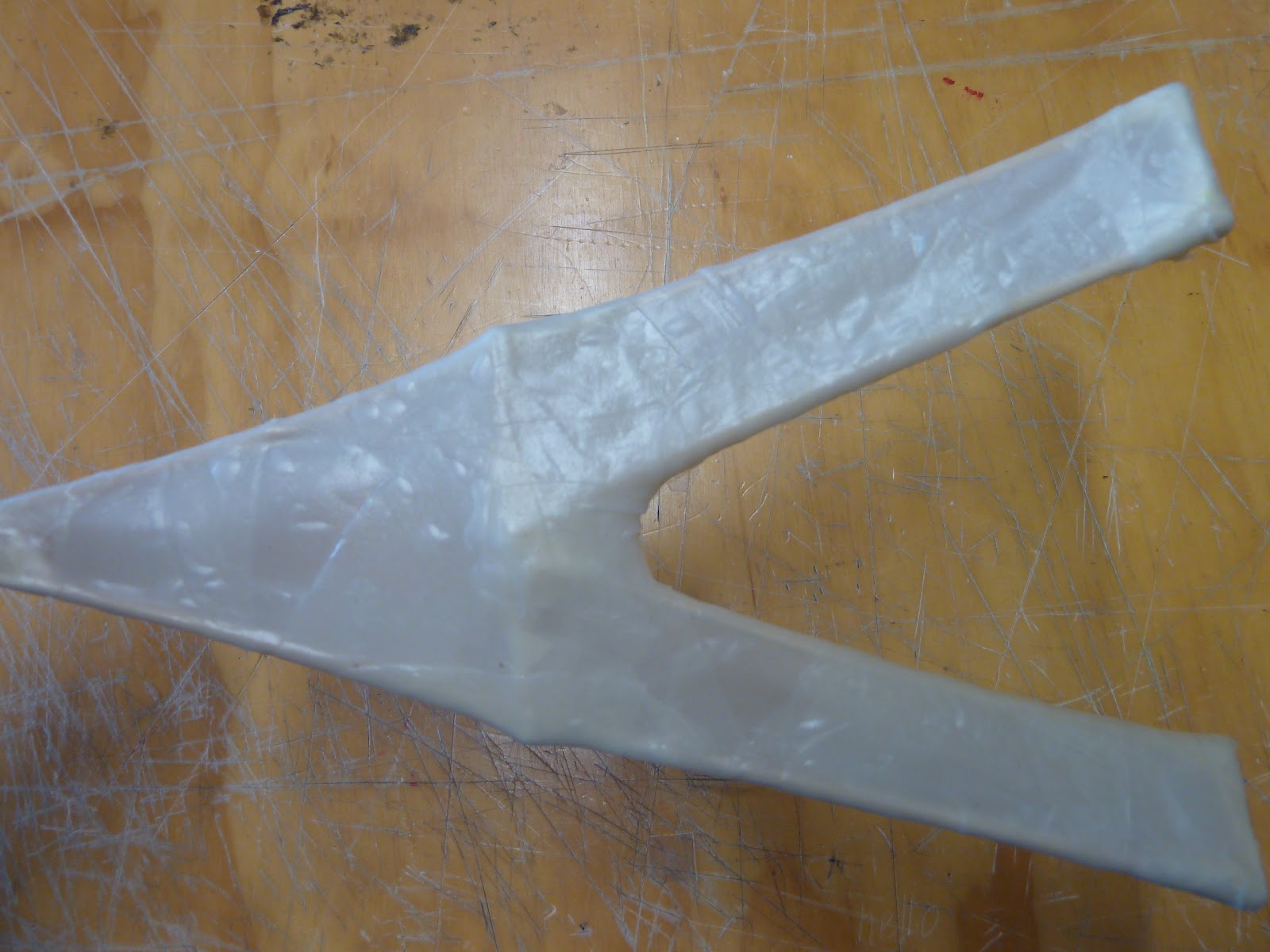Filo pastry
Filo pastry is a sort of common material which is always used to make dessert or pie. Flour, water and butter should be mixed with a particular proportion to make a dough and then gently stretched until it is thin as a tissue paper.
For this workshop, the filo pastry works as a pivotal role of our vehicles. Because of the adhesiveness of the paste, different filo pastry layers can be easily connected by moistening with some cold water. When those layers dry again, they will become to an interwoven ensemble, and stiffness. Therefore, it is a real good material for making the scarfskin of the model.
There are some matters needing attention in using the filo pastry. The most important thing is that we must control the dosage of water. Otherwise, the filo pastry will dissolve in the water or become too weak to stay on the frame.
Seaweed Paper
Seaweed paper (also called: Nori) is edible seaweed species of the red alga genus Porphyra, though as the rampant popularity of sushi. Finished products are made by a shredding and rack-drying process that resembles paper making. The seaweed paper is commonly used as a wrap for sushi and onigiri. It is also a garnish or flavoring in noodle preparations and soups.
Seaweed paper is hackly and full of the plant fibre paper which is mainly made for the dry seaweed.We use water to attach the seaweed paper together and what we also found was the seaweed became a little bit elastical after wetting. To compare with the dry seaweed and wet ones, the dry seaweed is crispy but the wet seaweed can be shaped easily--as it was not that fragile and when it turns to dry, the shape was fixed as the one it was made.
When we were trying to improve the flying lantern, the basic principle we followed was reduce the weight of the lantern as much as possible. Therefore, seaweed paper, which is the lightest material amount those three, was selected as the material of the glider wings. Besides, wire is very light but strong enough to provide the support the material’s striction. It is perfect for the glider wings’ frame.
Rice paper
Rice paper usually refers to paper made from parts of the rice plant, like rice straw or rice flour. The term is also used for paper made from or containing other plants, such as hemp, bamboo or mulberry. Rice paper has been used for centuries in Vietnam, Korea, China and Japan for writing and artwork.
For this workshop, we were asked to make a vehicle which can float on the water. After comparing those three materials, we chose the rice paper as the main material of the boat, which was most strong and impacted less by the cold water. For the final project, we used bamboo sticks and masking tape to build the basic structure. Then, rice papers were cut into small pieces and put into hot water separately. Soaking those rice papers until that they are soft enough and covering them on the frame. After the whole object fully dried, we did waterproof for it to make the boat stronger.
Some common characters of those three materials
1. They have the quale of adhesiveness when they are moistened by the water. However, the temperature of the water affects the drying processing of the material.
2. All of them are contractile materials. So the original shape of the frame will change with the attachment of those materials.
3. After drying, those materials are solid, stabilize but crisp. Therefore, increasing the amount of layers you put on the frame is helpful.
4. All of them will take a long time to dry.
5.They can be shaped easily when they are wet---soft when wet but after drying turn to fixed.





